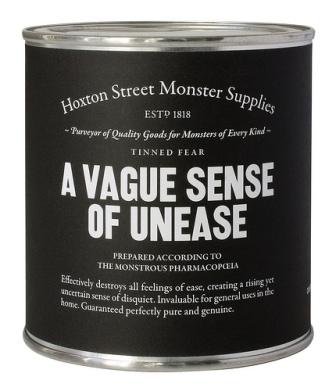 In part 1, I discussed how to get into the mental zone for writing dialogue. In part 2, I talked about the non-talking and action elements that also make a dialogue scene come alive. Which brings me to the natural conclusion of this trilogy of posts on dialogue – subtext.
In part 1, I discussed how to get into the mental zone for writing dialogue. In part 2, I talked about the non-talking and action elements that also make a dialogue scene come alive. Which brings me to the natural conclusion of this trilogy of posts on dialogue – subtext.
What is subtext?
Put simply, subtext in dialogue is what’s between the lines.
I find it easiest to split it into two aspects – subtext for the characters and subtext for the author.
The former is the hidden agendas or feelings of the characters; these may be deliberate, unconscious or a mixture of the two. The latter is the author’s themes; the universe of the story influencing the language and tone.
Subtext and characters
Novel dialogue has to be more condensed and purposeful than real-life chattering. As writers, we need to pick the encounters that will show something significant about the characters, the way they interact, the way they view the story events.
Subtext is useful when we don’t want to show this significance plainly. Indeed, it might be jarring if a character says ‘I don’t think you love me any more’ or ‘I know you meant to kill Jane’. It’s more human if characters say things indirectly, or the reader can intuit that they are grasping at a thought – perhaps one they haven’t fully acknowledged.
Another use of subtext is to demonstrate that characters know each other well. They might make assumptions about what is said, answer what they think the other person meant, rather than the literal words. Perhaps they’re in a situation where plain speaking isn’t possible. This gives a layer of depth under the superficial conversation, like a kind of code.
So if the characters are having an argument about a washing machine, they might also be displaying what’s wrong with their relationship. Perhaps one of them is always leaving all the household tasks to the other, or is much fussier than the other. Maybe the characters are flirting but not wanting to admit it. If you explore what might be left unsaid, it’s a terrific way to build tension.
When subtext works well, we can feel these agendas vibrating – but it doesn’t look obtrusive.
Subtext and the author’s thematic intentions
Subtext can also be wider than just the characters’ little world. It can resonate with the whole conceptual problem your story is tackling. So in My Memories of a Future Life the narrator remarks that she feels as though she’s in a dream where she’s been thrown out into a hostile world with nothing to protect her. This states one of the themes of the story – the difficulty and pain of a major life-change. (It also arises naturally from the action.)
How to do it
Subtext has to look natural (unless you’re aiming for an artificial effect). You’re building it from a scene where characters need to talk to each other, so that’s where you start. Don’t do it the other way round or the reader will feel jarred out of the spell of the story. Figure out what the characters will say on the superficial level, then make it stand for more than that. As with all aspects of dialogue, you might need a few passes to really hone it. I find this kind of editing very creative and rewarding (but then, I do like editing…).
For character subtext, play with Freudian slips, misunderstandings, questions that one character might be avoiding, coded dialogue, tensions that can’t be expressed. Look for underlying harmony and agreement too; it’s not all negative or sinister.
For thematic subtext, pay attention to your authorly portrayal of the scene. Look for suggestive synonyms, imagery, a dark bird sitting on the skyline that makes an ominous shape, church bells that suggest a celebration. The characters probably won’t demonstrate they are aware of this kind of subtext – unless they’re a first-person narrator.
Does every conversation in a novel need subtext?
By no means. Although subtext is very satisfying, not every line – or scene – has to have a hidden meaning. Sometimes characters just chat. 🙂
 There are more tips on character creation, character voice and dialogue in Writing Characters Who’ll Keep Readers Captivated: Nail Your Novel 2
There are more tips on character creation, character voice and dialogue in Writing Characters Who’ll Keep Readers Captivated: Nail Your Novel 2
Thanks for the iceberg pic NOAA’s National Ocean Service



